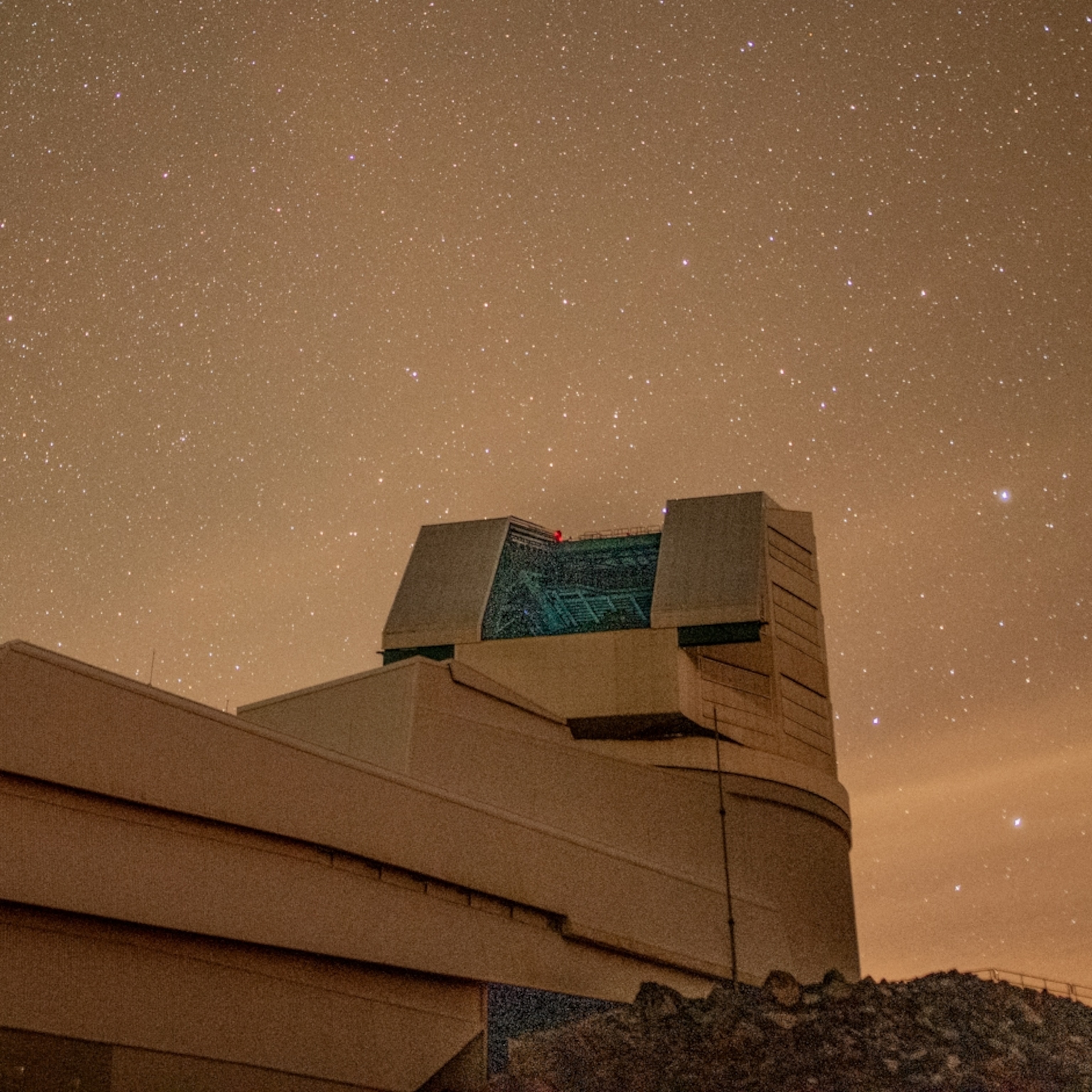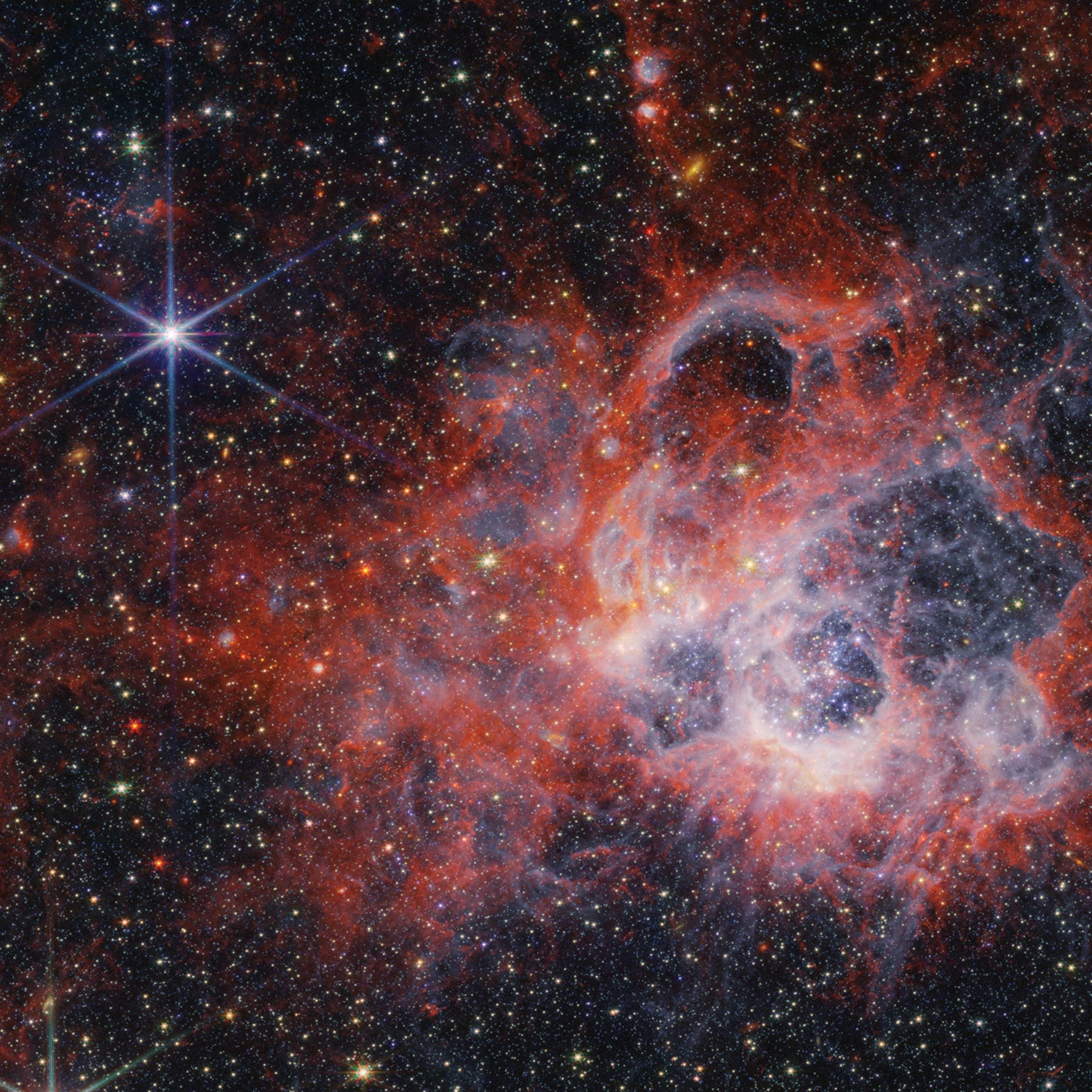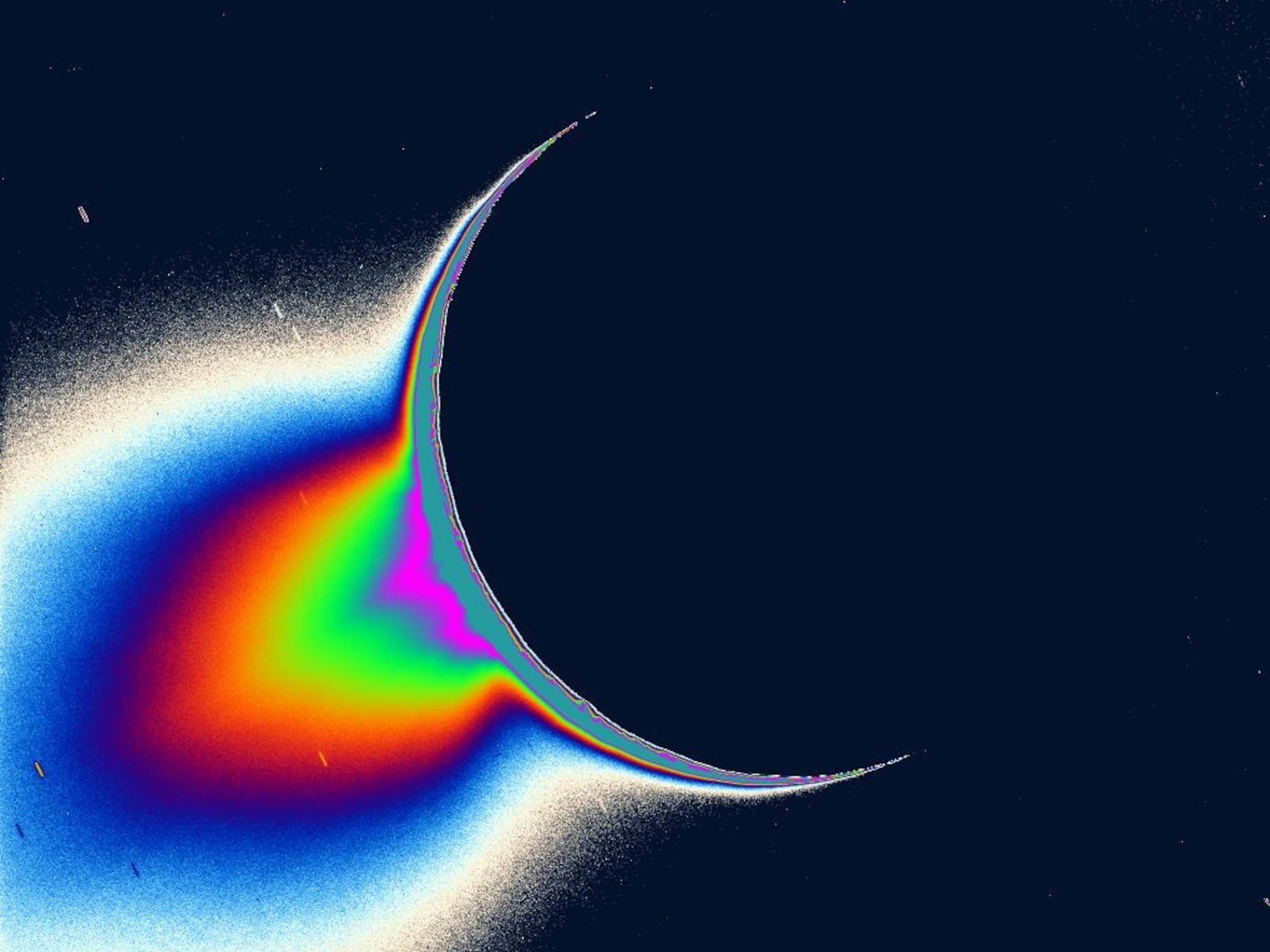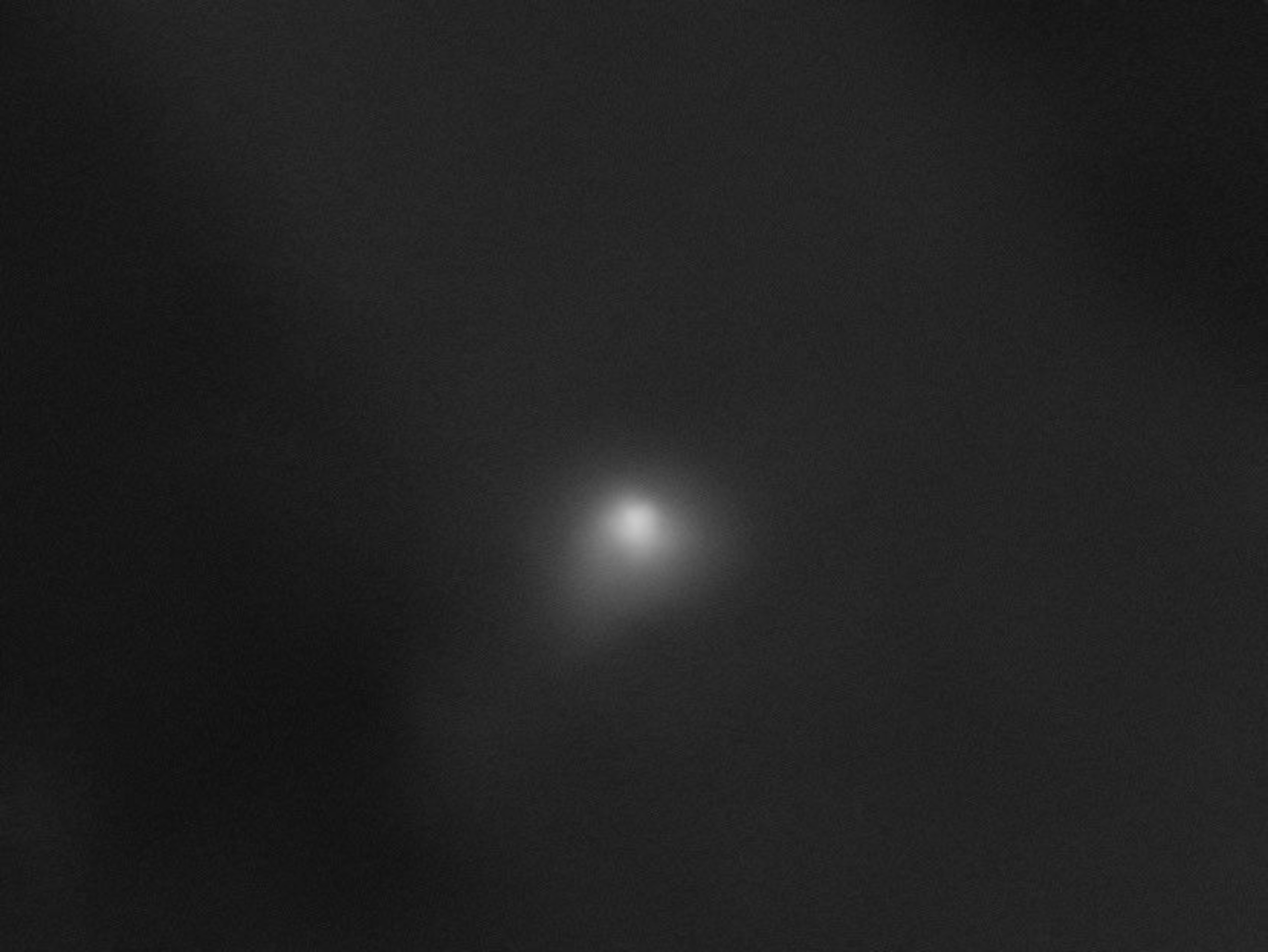
New Super-Earth May Be Best Yet for Finding Signs of Life
The potentially habitable world is close enough that existing telescopes could look for an atmosphere and sniff for traces of extraterrestrials.
Astronomers have found a temperate planet a bit bigger and bulkier than Earth orbiting a small star just 40 light-years away. The newly announced world could be among the best targets to search for signs of life elsewhere in the cosmos.
“Small worlds are common,” says Lauren Weiss of the Université de Montréal. And this planet, she says, is one of the closest known rocky worlds outside our solar system. “It's in our sun's backyard.”
Using a telescope in Chile, astronomers watched the planet cross the face of a red dwarf star called LHS 1140, in the constellation Cetus. The world, named LHS 1140b, is about 1.4 times wider than Earth and it sits comfortably in an orbit where liquid water could flow on its surface.
Using a different telescope in Chile, the team then monitored how much the planet’s gravity tugs on its star, allowing them to determine that LHS 1140b is about 6.6 times as massive as Earth. That means the little world is rocky, perhaps with a large iron core surrounded by a thin mantle—kind of like an overgrown Mercury, comments Laura Schaefer of Arizona State University.
“We still don't know much about it though, so it will be really exciting as we get more data,” she says.
The discovery team is particularly excited about gazing at the newfound world because it is close enough to Earth for existing telescopes to tell whether it has an atmosphere and, if so, whether its air contains signs of alien life.
“The scientist in me wants to be super cautious and consider all the reasons why we might not find life on this planet,” says study leader Jason Dittmann of Harvard University, whose team describes the new planet today in Nature.
“However, I also like a good bet and might be a secret optimist, so I'd place my bet that life is common in the universe and that it could even be on LHS 1140b.”
Adding Up the Evidence
Today, more than 3,400 planets are known to orbit other stars, and as telescopes and observing techniques have improved, an increasing number of new discoveries are these small, probably rocky worlds that cling to stars much smaller than the sun.
Last year, scientists revealed that three Earth-size worlds orbit a small, nearby star called TRAPPIST-1. Then, an Earth-size world orbiting the nearest star to our own, a tempestuous red dwarf called Proxima Centauri, zoomed in and stole the trio’s thunder. Not to be undone, scientists revealed earlier this year that TRAPPIST-1 hosts not just three, but at least seven worlds, a handful of which could be habitable.
And last week, scientists from Europe and the U.K. announced that they had detected an atmosphere around a nearby exoplanet called GJ 1132b—the smallest such world to offer up any clues about its gassy constituents. The achievement is pleasing proof that spying on molecules in the atmospheres of rocky worlds is possible with today’s instruments.
All of this adds up to huge hopes for LHS 1140b. None of the planets found to date can be described as truly Earth-like, since we don’t know enough about them to make that comparison. But this world may offer our best shot yet at adding up attractive traits that may be friendly to life.
First, the planet’s density suggests it is solid, the kind of place where life could thrive on, under, or above the surface. Some of the TRAPPIST-1 worlds may check this box, too, but many of their compositions are still mysterious.
“Even small planets ... are not necessarily ‘terrestrial’ worlds like the Earth,” Weiss says. These other planets could contain a smattering of rock but have surfaces smothered by thick shrouds of gas that are disastrous for complex life.
Yet, “the high density and small size of [LHS 1140b] suggest that a mixture of iron and silicates—the same rocky materials that constitute the Earth—could comprise this planet,” she says.
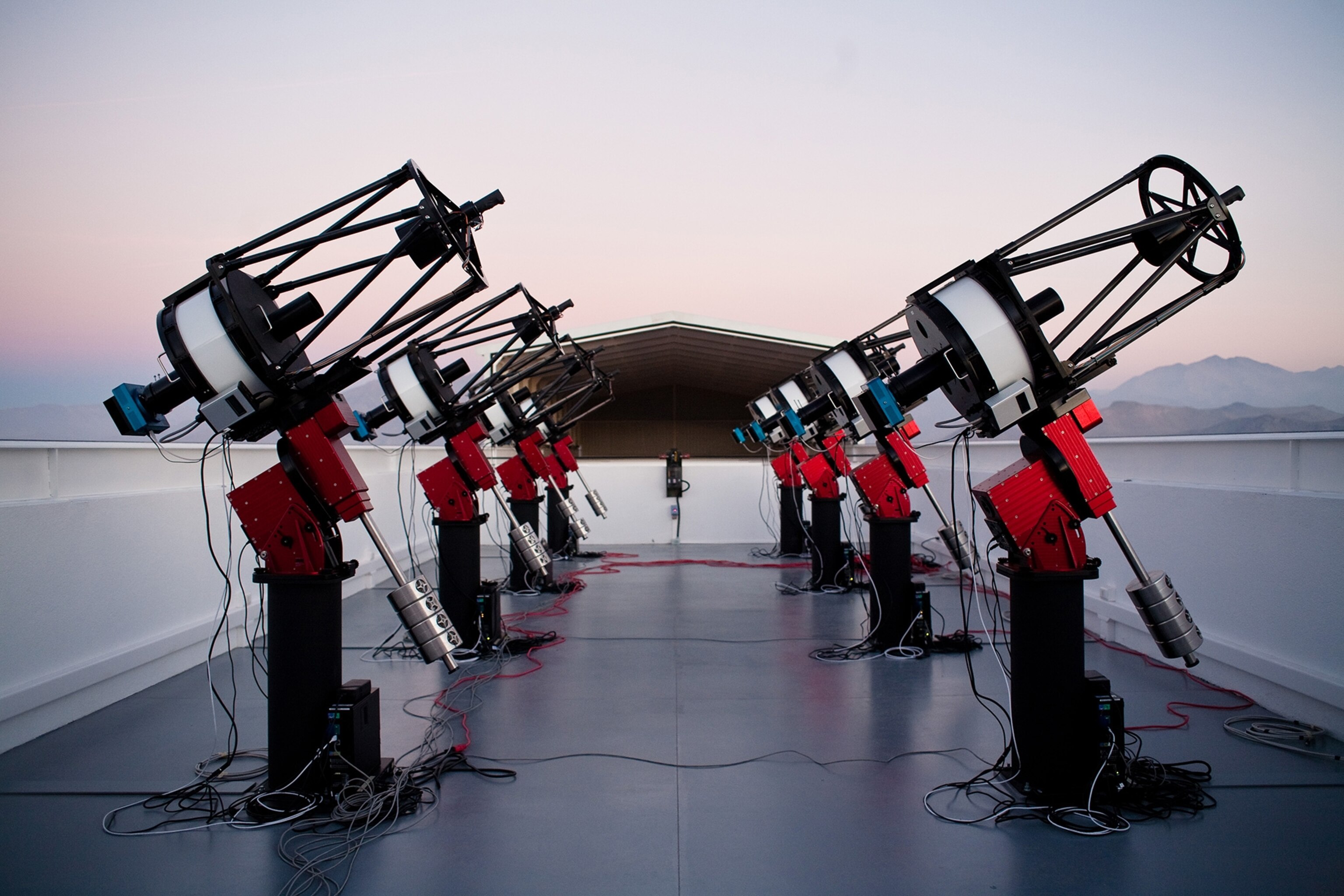
Second, LHS 1140b’s gravity is strong enough to hold onto an atmosphere, with a caveat: The planet’s five-billion-year-old home star is quiet for now, but it’s likely the star was prone to flares when it was younger. If so, the cranky star might have blown away the planet’s atmosphere with violent eruptions and obliterated any life-forms that could have evolved.
Still, this planet is far enough from its star that any potential atmosphere had a better chance of surviving early stellar tantrums. Its distance also means temperatures would be comfortable for life as we know it, unlike the otherwise similar, but very roasted, GJ 1132b.
Finally, LHS 1140b crosses the face of its star, which offers a prime view for astrobiologists. When scientists are trying to peer into an alien atmosphere to look for signs of life, what they’re actually doing is trying to see through it. As planets pass between their stars and Earth, the distant starlight shines through their gassy sheaths and illuminates whatever molecules might be in there.
To get precise measurements of those molecules and their ratios with existing and soon-to-be-existing instruments, scientists need a nice, nearby star like LHS 1140.
First Taste
It’s totally possible the first whiff of life beyond Earth could come from future glimpses of alien atmospheres—a ratio of gases that isn’t quite right, or peculiar molecules that would be hard for chemistry and geology alone to produce.
Dittmann and his team have already scrutinized LHS 1140b using the Hubble Space Telescope and hope to do the same with telescopes in Chile later this year.
But he’s really excited about looking for gases like methane, ozone, and carbon dioxide using bigger, shinier tools that could become available in the next decades: the James Webb Space Telescope, the Giant Magellan Telescope, and the European Extremely Large Telescope, among others.
“Realistically, we're going to be getting our first tastes of these atmospheres sometime in the next decade,” Dittmann says.
“We may be arguing about what these observations mean and how these gases got into these atmospheres for quite a bit longer than that! But, at least, we'll have data in hand very soon, and I'm super excited to see it happen.”


